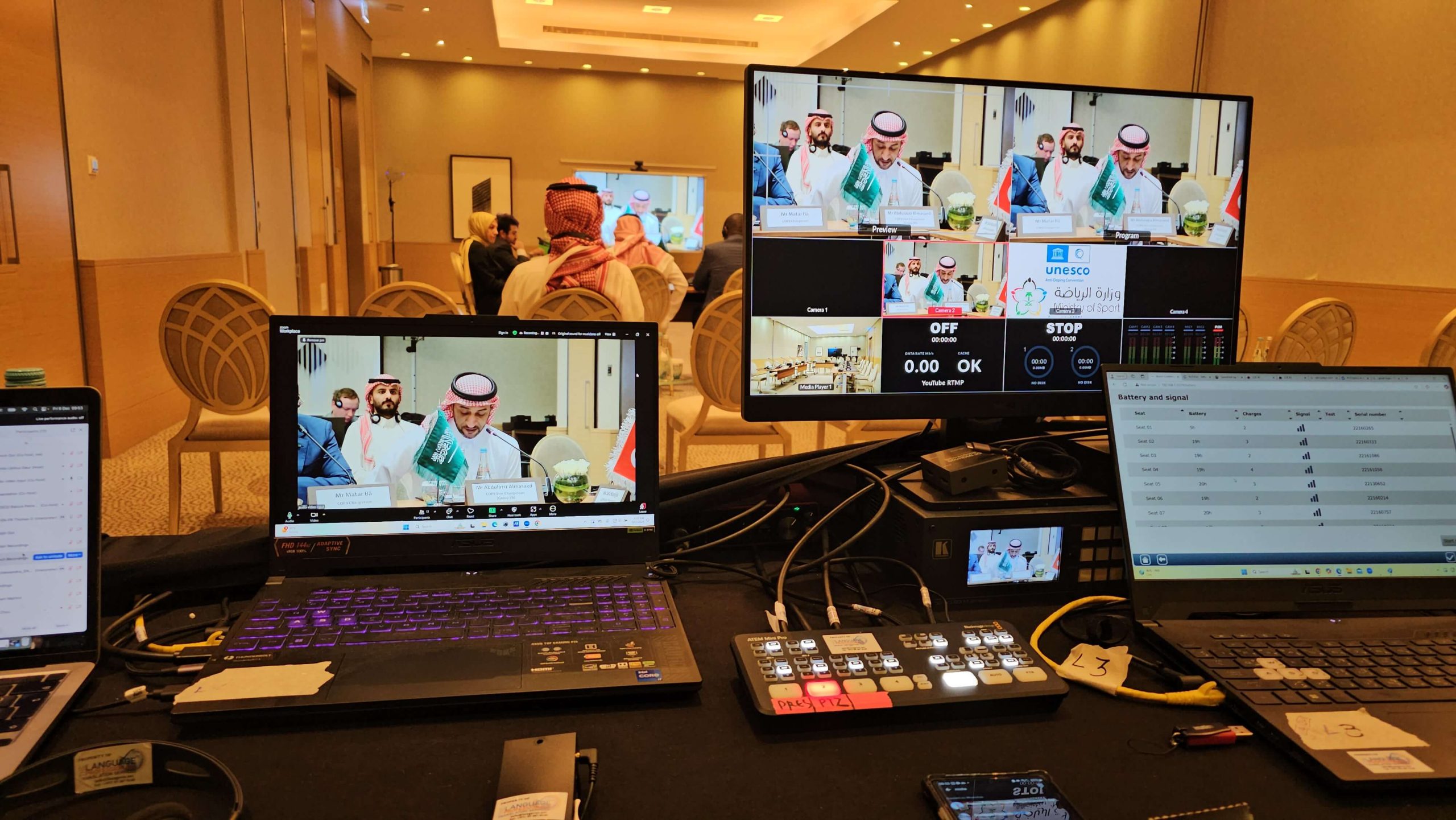Researched and written by Evangelos – ~4 min read

5 Key Differences Between Translation and Interpretation
Translation and interpretation are two essential language services that help bridge communication gaps across different languages. While these terms may seem similar and are often confused with each other, they involve distinct processes and serve unique purposes. In this article, we will explore the 5 key differences between translation and interpretation to shed light on their distinctive roles.
1. Medium of Communication
The first major difference lies in the medium of communication. Translation primarily deals with written materials such as documents, books, websites, and other text-based content. Translators carefully convert written text from one language into another while ensuring accuracy, clarity, and maintaining the original meaning.
On the other hand, interpretation focuses on oral communication. Interpreters facilitate real-time conversations, allowing speakers of different languages to understand each other. Interpreters need quick thinking and excellent linguistic skills to interpret spoken language on the spot, without the luxury of time for research or reflection.
2. Time Sensitivity
Another significant distinction is the time sensitivity involved in translation and interpretation. Translation often allows for more time and leaves more space for meticulous attention to detail. Translators have the opportunity to review the source text, conduct research, and ensure accuracy before delivering the final translated version. This allows for thorough proofreading and editing.
In contrast, interpretation requires immediate linguistic conversion. Interpreters must process information in one language and deliver it seamlessly in another in real-time. They need to think quickly and accurately, manage nuances, and cultural differences, and maintain the flow of conversation without interruptions.
3. Linguistic Style and Tone
Translation and interpretation also differ in terms of linguistic style and tone. Translators aim to capture the writing style and tone of the original text while conveying the intended message accurately. They consider cultural nuances and adapt the translation to suit the target audience while maintaining the original meaning.
Interpreters, however, focus on achieving effective communication between parties by adapting their linguistic style and tone to the situation, accurately interpreting the spoken words, conveying emotions, and maintaining the speaker’s intended tone.
4. Collaboration and Revision
Translation often involves collaboration between translators, editors, and proofreaders. Translations go through multiple rounds of revisions to ensure linguistic and contextual integrity. This collaborative process allows for feedback, suggestions, and improvements before delivering the final translated document.
Interpretation, on the other hand, is a solo act. Interpreters work individually to facilitate real-time communication. Although some interpretations may have a team of interpreters for longer events, each interpreter typically handles their portion independently.
5. Modes of Communication
Lastly, translation and interpretation differ in terms of their modes of communication. Translation is primarily written, allowing for meticulous attention to detail and the use of resources such as dictionaries, glossaries, and reference materials. Translators can take their time to research and verify information during the translation process.
Interpretation, however, involves various modes of communication. Simultaneous interpretation occurs in real-time, with the interpreter rendering speech immediately. Consecutive interpretation involves waiting for the speaker to finish before interpreting what was said. Whispered interpretation is used when interpreting for a small group or discreetly in situations where not everyone understands the language being spoken.
Final Thoughts
While both translation and interpretation contribute to effective cross-linguistic communication, they are distinct processes with different requirements. Accurate translation ensures your message reaches a wider audience; on the other hand, skilled interpretation enables smooth and fluid communication in multilingual environments.
Whether you need your documents translated or require an interpreter for an important meeting, understanding the differences between translation and interpretation will help you choose the right language service provider with a proven track record for your specific needs.





